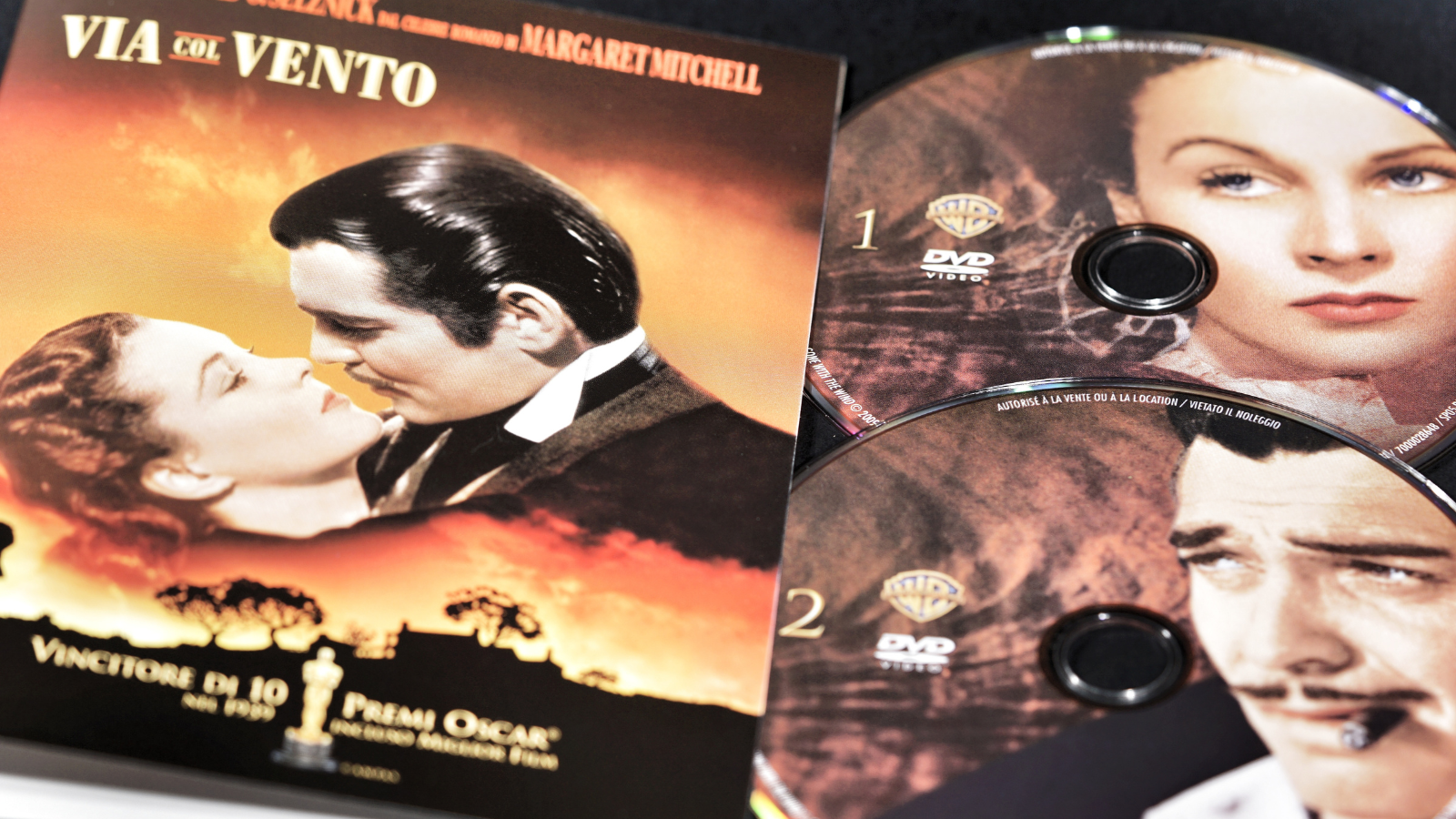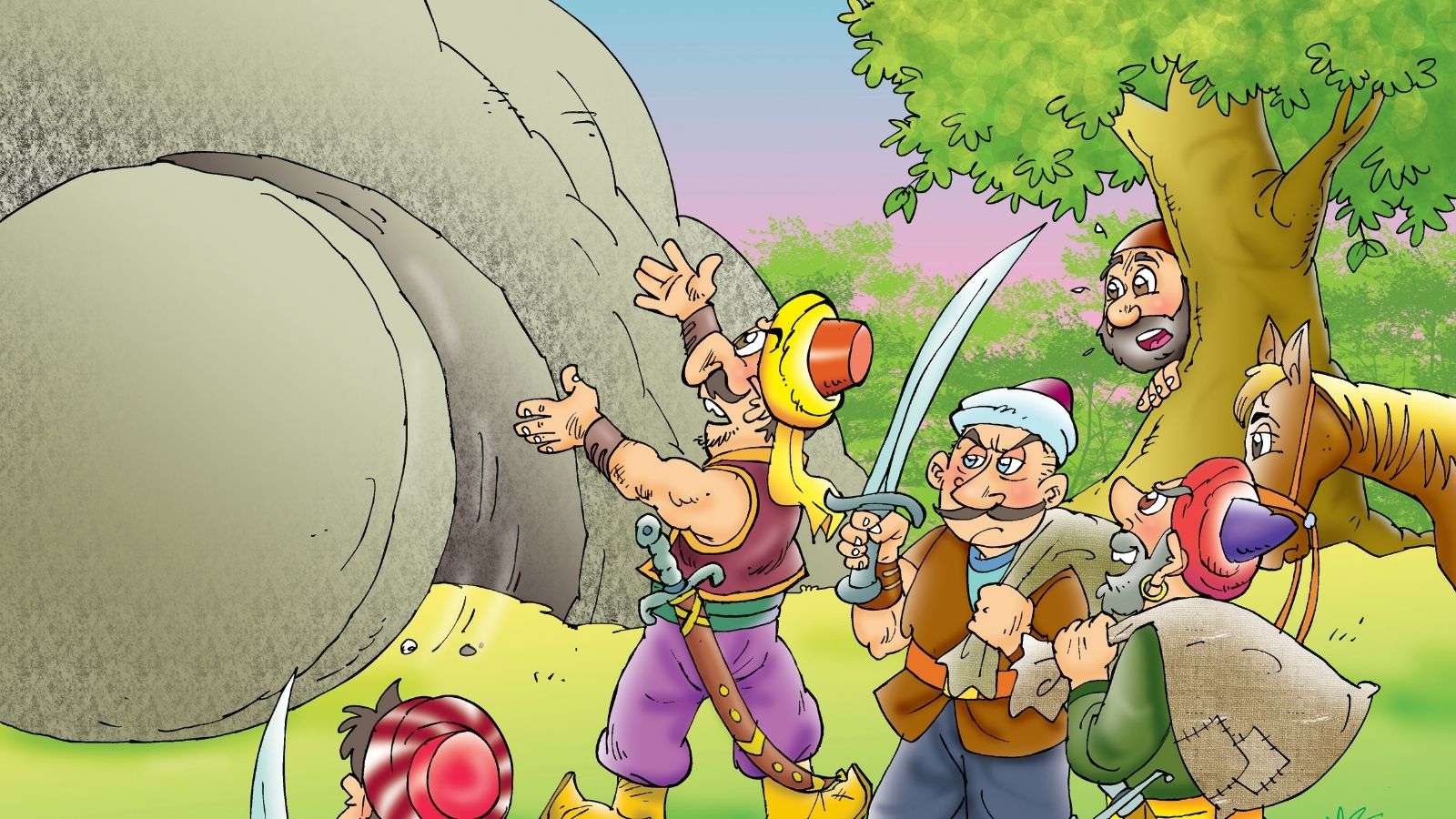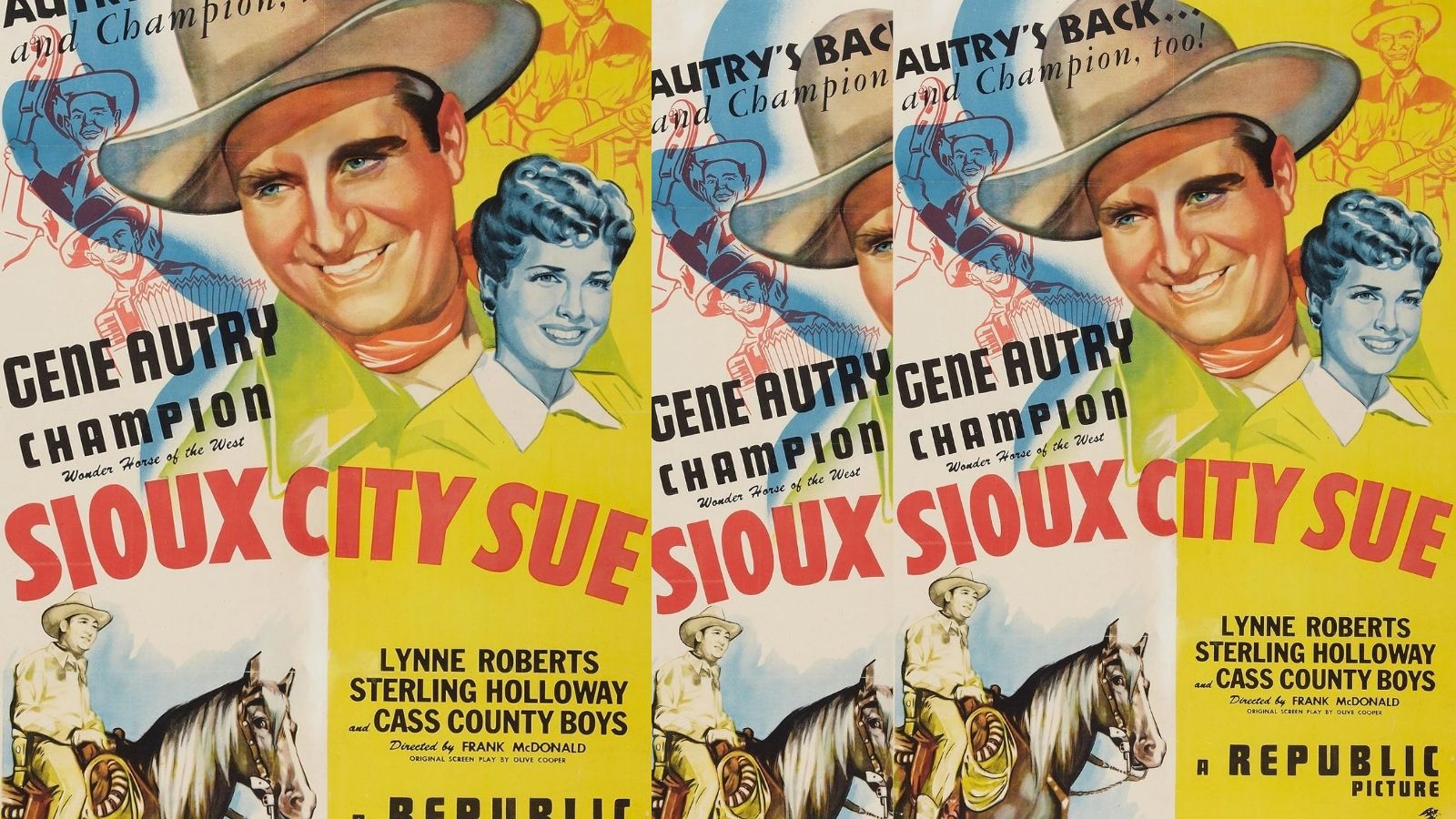12 Beloved Classic Films That Now Face Criticism for Cultural Insensitivity
Classic films hold a special place in the hearts of many movie enthusiasts, but as society evolves, so does our understanding of cultural sensitivity. While these films may have been beloved in their time, they now face criticism for portraying certain cultures and communities. Here are 12 classic films that are now viewed through a more critical lens.
This post may contain affiliate links meaning I get commissions for purchases made in this post. Read my disclosure policy here.
Gone with the Wind (1939)

A classic film filled with opulence and elegance, “Gone with the Wind” has been criticized for its romanticized narrative of the Antebellum South and its normalization of slavery. African American characters are relegated to stereotypical roles, perpetuating harmful racial stereotypes and minimizing the brutality of slavery. The film’s narrative glosses over the systemic oppression faced by Black people during that time, instead focusing on a romanticized version of the South that ignores the harsh realities of racism and exploitation.
Breakfast at Tiffany’s (1961)

“Breakfast at Tiffany’s” charms with its iconic style but faces criticism for outdated portrayals. Firstly, Mickey Rooney’s character, Mr. Yunioshi, relies on a racist yellowface caricature to depict a Japanese man. This demeans a whole culture. Secondly, the film romanticizes Holly’s superficial desire for material possessions, embodied by Tiffany’s. Finally, the ending suggests a woman needs a man for fulfillment, despite Holly’s initial independence. While a classic, the film reflects a bygone era’s narrow perspective.
The Birth of a Nation (1915)

“The Birth of a Nation,” while groundbreaking in its technical achievements, perpetuates racist ideologies and glorifies the Ku Klux Klan. The film portrays African American characters as unintelligent and sexually aggressive, reinforcing harmful stereotypes prevalent during the Jim Crow era. Its romanticization of the Klan as saviors of the white race further entrenches racist attitudes and ignores the violence and oppression inflicted upon Black communities.
Peter Pan (1953)

Despite its whimsical charm, “Peter Pan” has faced criticism for its portrayal of Native American characters, particularly in the song “What Makes the Red Man Red?” The movie depicts Indigenous peoples as barbaric and uncivilized, reducing them to stereotypes. The use of offensive stereotypes and language perpetuates harmful misconceptions about Native American cultures and reinforces colonialist attitudes.
Song of the South (1946)

Disney’s “Song of the South” has long been criticized for its romanticized plantation life and offensive depiction of African American characters. The film glosses over the brutal realities of slavery, instead presenting a sanitized version of the Antebellum South. African American characters are relegated to subservient roles, perpetuating harmful stereotypes and minimizing the impact of slavery on Black communities. Due to its racially insensitive content, “Song of the South” has been largely shelved by Disney and is not readily available for viewing.
The Jazz Singer (1927)

While hailed as a pioneering film in the transition to sound cinema, “The Jazz Singer” is marred by Al Jolson’s use of blackface. Jolson’s portrayal of a Black character perpetuates racist stereotypes and reinforces white supremacy. Blackface has a long history of dehumanizing and mocking Black people, and its inclusion in “The Jazz Singer” perpetuates harmful racial attitudes. Despite its historical significance, the film’s use of blackface is rightly condemned for its insensitivity.
The Searchers (1956)

John Ford’s “The Searchers” is often lauded as one of the greatest Western films ever made, but it has faced criticism for its portrayal of Native American characters. Indigenous peoples are depicted as savage and one-dimensional villains, perpetuating harmful stereotypes and erasing the complexities of Indigenous cultures. The film’s portrayal of Native Americans reflects colonialist attitudes prevalent during its time of production, ignoring the humanity and diversity of Indigenous peoples.
Indiana Jones and the Temple of Doom (1984)

Despite its thrilling adventure and iconic protagonist, “Indiana Jones and the Temple of Doom” has been criticized for portraying Indian culture. The film depicts India as a land of mysticism and danger, perpetuating Orientalist stereotypes and exoticizing the country’s customs and traditions. Scenes depicting Indian cuisine and religious practices are presented in a sensationalized manner, reinforcing Western perceptions of India as primitive and backward.
The Adventures of Tintin: The Cigars of the Pharaoh (1991)

While Tintin comics are beloved worldwide, “The Adventures of Tintin: The Cigars of the Pharaoh” has faced criticism for portraying Middle Eastern characters. The depiction of Arab characters using stereotypes and Orientalist tropes perpetuates harmful misconceptions about the region and its people. The characters are often portrayed as exotic and mysterious, reinforcing Western notions of superiority.
Ali Baba and the Forty Thieves (1944)

This film adaptation of the Arabian Nights tale has faced criticism for its use of brownface and its portrayal of Middle Eastern culture in a stereotypical and Orientalist manner. The film depicts Arab characters using exaggerated accents and perpetuates harmful stereotypes about Middle Eastern peoples, portraying them as deceitful and treacherous. The use of brownface makeup further adds to the offensive portrayal of Arab characters, reinforcing racial stereotypes and exoticizing Middle Eastern cultures.
Sioux City Sue (1946)

This Western musical comedy is criticized for its portrayal of Native American characters using stereotypes and caricatures, perpetuating harmful misconceptions about Indigenous peoples. Indigenous characters are often depicted as savage and uncivilized, reinforcing colonialist attitudes prevalent during the film’s production. The use of stereotypes diminishes the humanity of Native American characters and erases the complexities of Indigenous cultures.
The Littlest Rebel (1935)

While Shirley Temple’s films are cherished by many, “The Littlest Rebel” is criticized for its romanticized portrayal of the Confederate South and its sympathetic depiction of slavery. The film presents a sanitized version of the Antebellum South, glossing over the brutality of slavery and minimizing its impact on Black communities. African American characters are relegated to subservient roles, perpetuating harmful stereotypes and erasing their agency.





